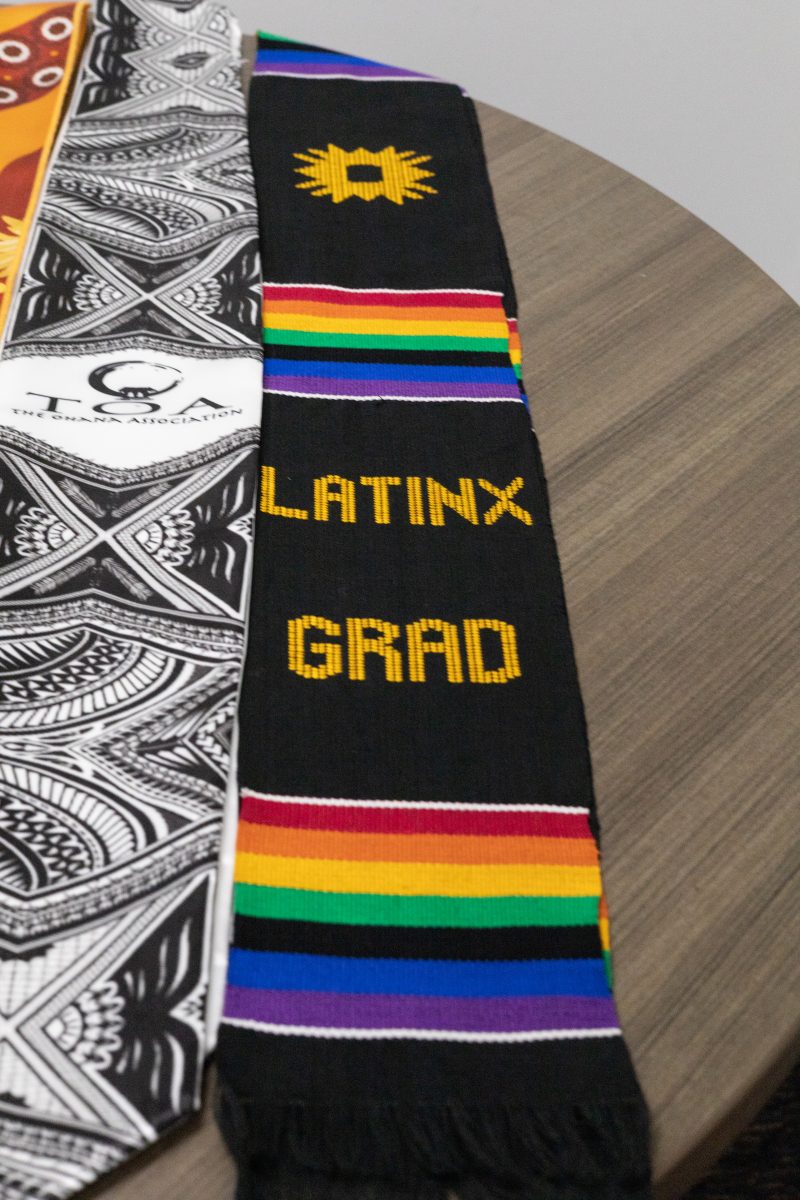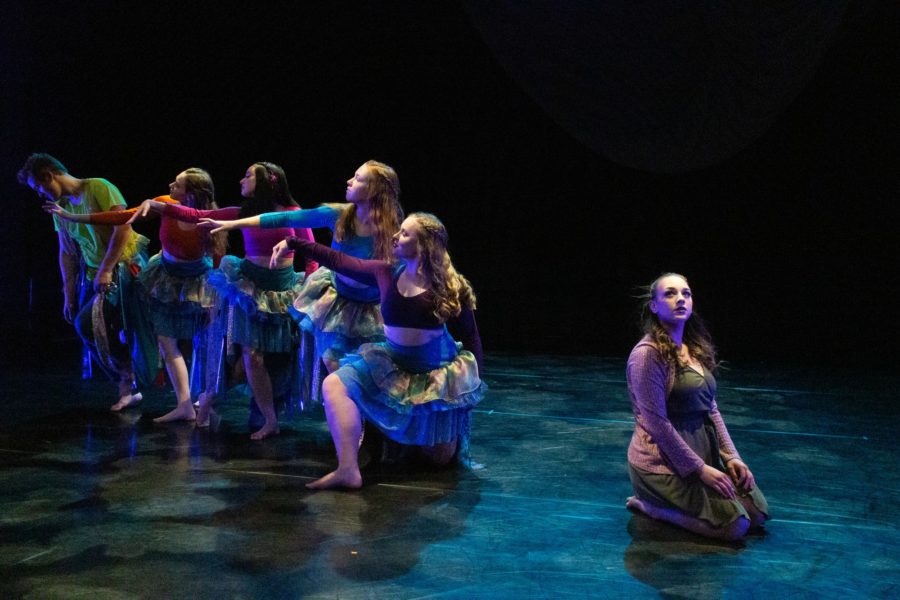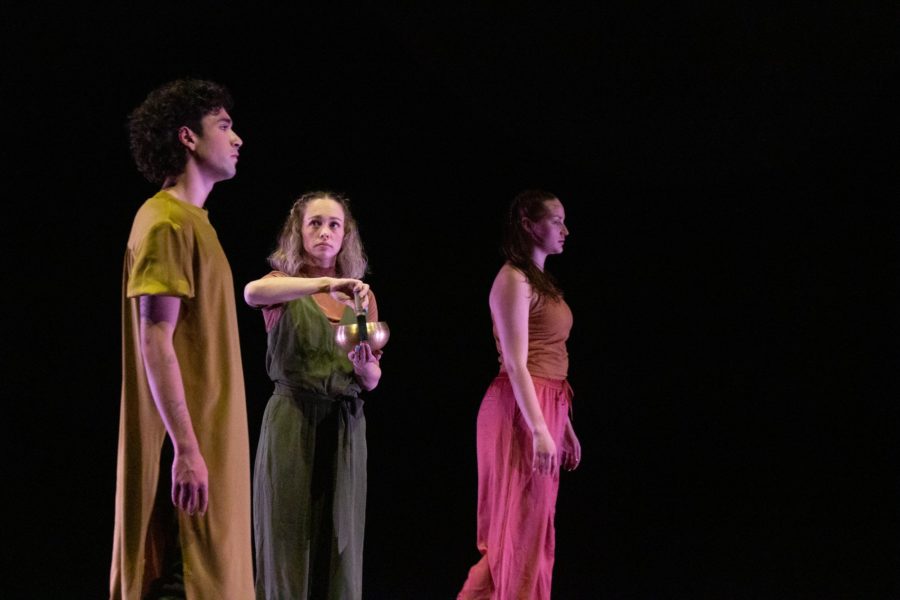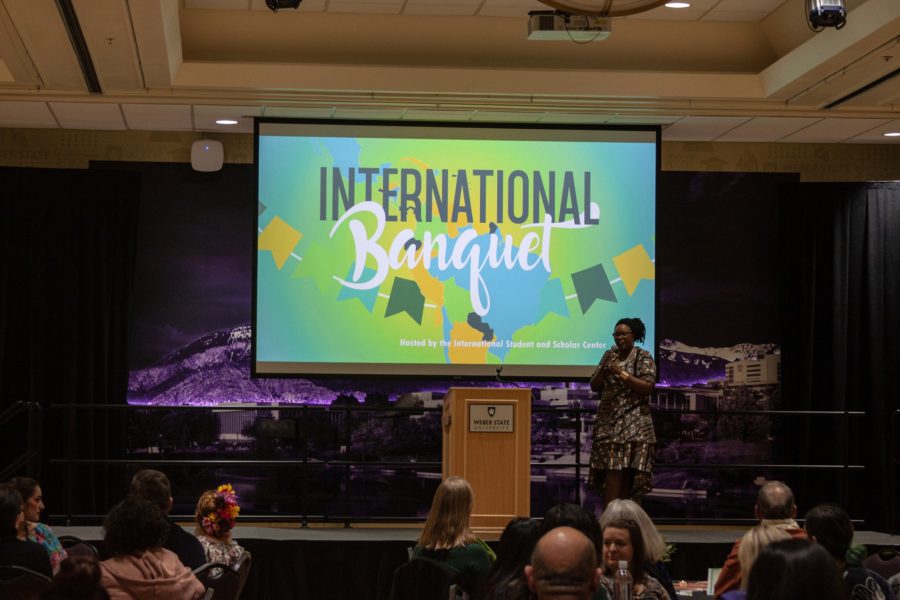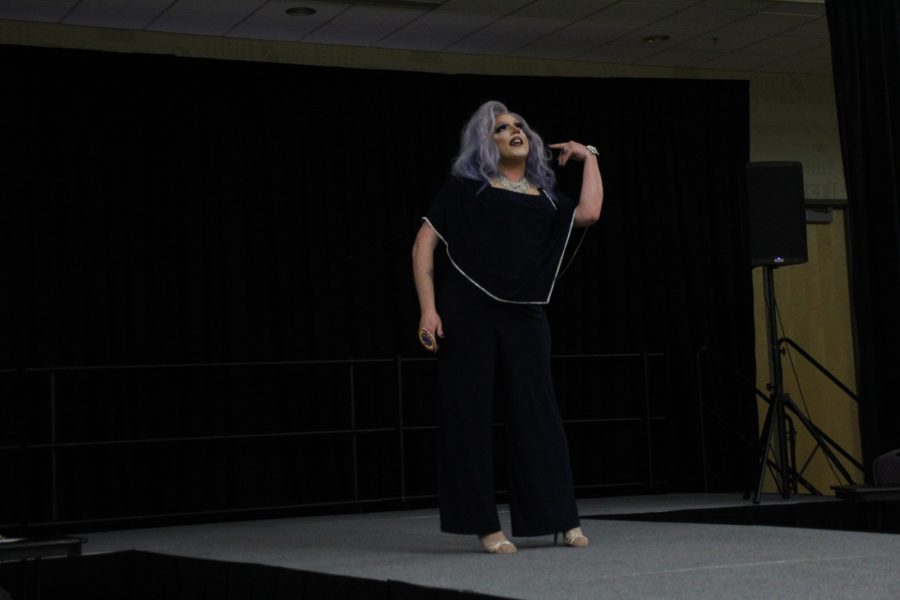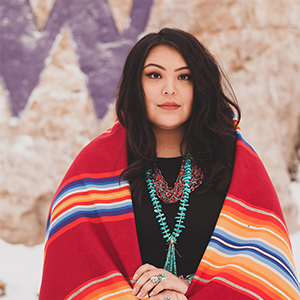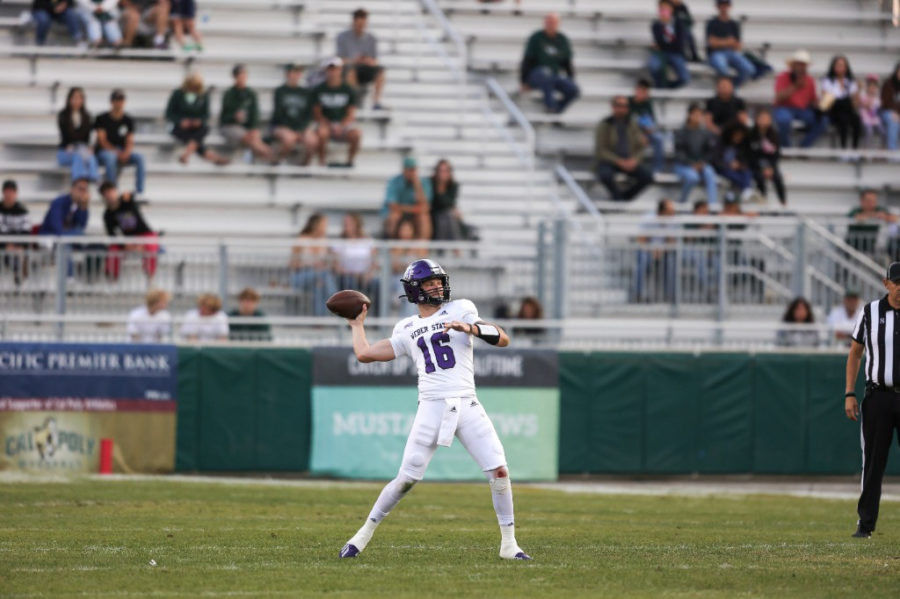Containing lyrics that are praised and protested, celebrated and condemned, hip-hop is a genre that simultaneously befriends generations and breeds countless foes.
In 1990, U.S. District Court Judge Jose Gonzales launched a trial against the rap group 2 Live Crew for breaking obscenity laws, as their music contained sexually explicit lyrics that surpassed the government’s expectations of lyrical decency.
Songs like N.W.A.’s notorious rap “F*ck tha Police” and Ty Dolla $ign and B.o.B’s mysogynistic collaboration “Paranoid” are filled with derogatory language, examples of the contention surrounding hip-hop.
However, despite the infamous stains that mar rap’s reputation, Ogden rap artist Brandon Cordova (stage name Mac Muzi), argues that hip-hop is controversial because it’s meant to be. “(Hip-hop) is not meant to be pretty,” he said.
Shining Light in a Dark Place
When Cordova was in junior high, he heard Bone Thugs-N-Harmony’s EP, “Creepin on ah Come Up.” He said the moment he listened to their music was the moment he fell in love with hip-hop.

His love for rap stemmed from his ability to recognize the message behind the music. Rappers like Dr. Dre and Ice Cube spoke directly to Cordova through their lyrics.
Of American rapper 2Pac, Cordova said, “Not only was he speaking to black folk but to minorities as a whole,” which is something that Cordova, as a Hispanic teen growing up in a predominately white community, found relatable.
Later in his life, what began as an addiction to prescription pills led to involvement with cocaine and, eventually, heroin. Cordova found himself as a drug runner for MS13, traveling from Salt Lake City, Utah, to Mission, Texas, in an attempt to satisfy his craving for a high.
After losing virtually all connection with his family, Cordova realized his lifestyle would end in one of two ways: an overdose or death.
On June 15, 2014, Cordova made the decision “to become somebody who could change.”
After 30 days of withdrawal and time spent in a drug rehabilitation center, Cordova championed his addiction. He later enrolled at Weber State University, double majoring in communications and psychology.
Cordova’s liberation from a life of violence, sex, drugs and gang involvement provided him with a distinct perspective and a fierce desire to strengthen others who were also battling his former vices.
After attending a friend’s live rap show in Ogden, Cordova tried writing a few hip-hop lyrics on his own and discovered he had raw talent.
“I caught a bug,” Cordova said, noting that writing hip-hop music “starts to become an obsession; something more than yourself.”
Rap quickly became an effective outlet for Cordova to resolve his remaining sorrows, and also provided him with a sought-after opportunity — strengthening others by sharing his own haunting story.
Cordova wanted to show his audience he was able to change himself from a person who was “running and gunning heroin” into a success story.
On July 19, 2016, Cordova lost his close friend, Nick Neal, to the same drug addiction that had once plagued him. Cordova said, “(Neal) was the most influential person in my life. Losing him was, and still is, very hard. But I am a stronger person, and I work even harder to make this dream come true in his honor.”
And like a lot of other hip-hop, Brandon’s lyrics aren’t always pretty. He confronts his struggles with violence, gang-involement, sex and drug addiction, and uses his experiences to help “shine light in a dark place.”
Cordova believes that hip-hop confronts problems to which the majority of Americans remain ignorant. Their discomfort and, further, their claims of obscenity, stem from their refusal to admit how minorities in the land of the free suffer.
Underground rapper Immortal Technique’s seven-minute-long song, “Dance with the Devil,” graphically depicts a young man’s initiation into a gang, which includes the raping and beating of an innocent woman.
The lyrics are detailed and violent, outlining the gangsters vicious beatings and brutal rapes, and describe the victim’s desperate plea for help. Immortal Technique raps toward the end of the song that this scenario is his reality, his retelling of an evil in which he took part.
While the lyrics of this song may be testing the obscenity law waters, they confront the reality of gang involvement, drug abuse, crippling poverty and horrific violence.
Cordova believes part of the reason why rap is so controversial is that rap finally provided “black and brown America” with a stage to voice the issues that infest their communities.
Lyrics and Poetry
However, Ogden rapper Jimmy Armstrong (stage name King Daygo) argues that rap music is not only about exposing difficult circumstances, but also about art.

Born and raised in San Diego, Calif., Armstrong moved to Utah after seeing potential for opportunity in the music industry. He felt like Utah was a place where “you can make something out of nothing.”
When he was about 11 years old, Armstrong realized that he could rap. He was able to create lyrics instantaneously.
He developed a love of music that extended beyond hip-hop, listening to everything from country to R&B. His love for music was deepened when a family friend loaned Armstrong a large CD case, filled to the brim with different music.
Armstrong listened to CD after CD, and said he, “buried (him)self into it.”
Armstrong’s desire to rap stems from his love of music and the poetic beauty behind the beat.
“Music is a hidden language,” he said. “It expresses something you can’t say out loud.”
He notes that a rapper’s ability to incorporate complex rhymes, similes, word play, metaphors, etc. into music is astounding, and that rap lyrics are challenging and complicated, forcing a listener decode the deeper messages within the words.
In 2010, Adam Bradley, and co-editor Andrew DuBois, published “The Anthology of Rap,” a collection of 300 rap songs from the 1970s until the date of its publication. The published text attempted to show rap as a form of poetry.
In a post from the Yale Press Log, Bradley explains, “Song lyrics and lyric poetry share a common lineage. The connection is in language itself; ‘lyric,’ after all, is the Greek term used to describe verse set to the music of the lyre.
Rap simply replaces the lyre with two turntables and a digital sampler. The essence of rap’s poetic identity lies in its artful use of rhythm, rhyme and wordplay; it lies in its the emphasis on concision and emotive expression.”
While artists like N.W.A. and Dr. Dre fall into the category of west coast gangster rap, other artists, like Fashawn, J. Cole and Kayne West exemplify hip-hop’s poetic side.
In 2009, Fashawn released his debut album “Boy Meets World,” which included the rap “Why,” a song wherein Fashawn challenges societal norms, including the issues of absentee parents and drug use.
His lyrics are poetic. In the first verse, he raps, “God got a million names and if we made in his image does he see it the same/ And if we flesh of his flesh can he feel my pain/ Teardrops symbolizing the rain.”
In three rhyming, metaphorical lines Fashawn asks piercing questions regarding deity, throwing out the kind of lines that force his audience to think.
As Armstrong argued, rap allows anyone to “express themselves in the most creative way possible.”
His message to rap haters? Armstrong believes that people who don’t like rap are suffering from “a simple misunderstanding of an art form.”








